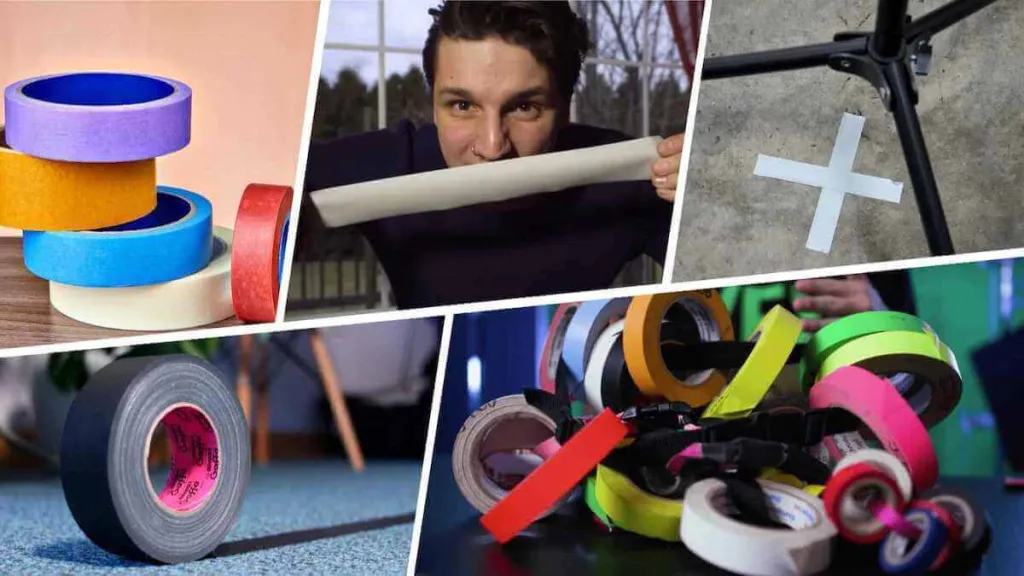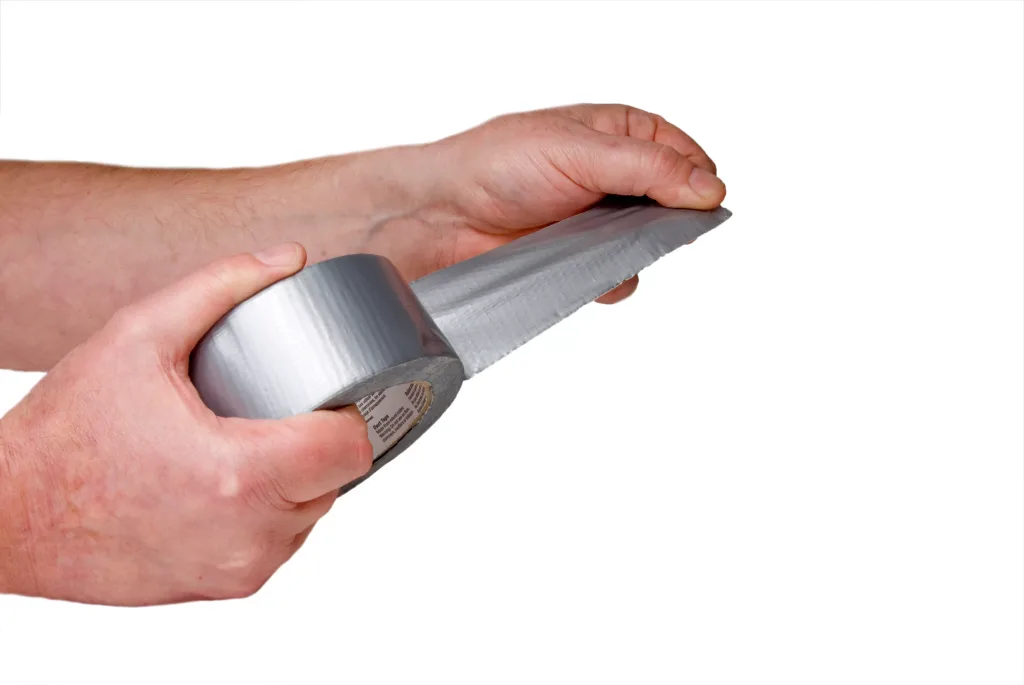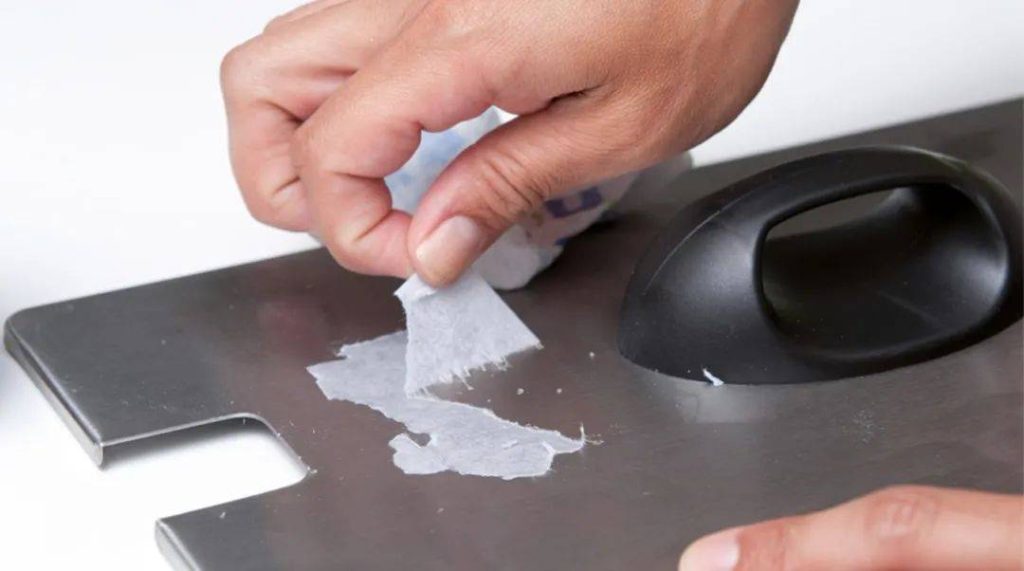Have you ever found yourself standing in a hardware aisle, torn between two rolls of tape, each promising the perfect solution for your project? It’s a classic dilemma: gaffer tape or duct tape? Both are incredibly useful, but they each shine in different scenarios. In this article, we’ll delve into the key differences between gaffer tape and duct tape, exploring their unique properties, uses, and ultimately guiding you to choose the right tape for your needs.
What is Gaffer’s Tape?
Gaffer tape is a versatile, heavy-duty cloth tape, commonly deployed in film production, theater, and other live events. Initially developed for securing cables and heavy lighting, gaffer tape has since gained a reputation for its impressive qualities. Typically made from a fabric backing coated in a strong adhesive, gaffer tape is known for its matte finish, allowing it to blend seamlessly into backgrounds. Its ability to be removed without leaving a sticky residue is a significant advantage, especially in professional settings where surface integrity is crucial.
With its non-reflective surface, gaffer tape won’t catch light under stage lighting, making it ideal for creative setups. Users often favor various colors, but matte black reigns supreme due to its discreet appearance and excellent functionality. According to a report by the American Society of Cinematographers, 87% of film professionals prefer gaffer tape for securing equipment because it’s designed for long-term applications without damage.

Related article: What is gaffer tape.
What is Duct Tape?
Duct tape, on the other hand, is a heavy-duty adhesive tape made from a thin, easy-to-tear plastic backing coated with an aggressive adhesive. Originally created during World War II for sealing ammunition cases, it became a household staple thanks to its strength, durability, and versatility. Available in various colors and widths, duct tape’s shiny exterior often makes it more visually prominent than its gaffer counterpart.
Duct tape excels in everything from general repairs and DIY projects to various craft applications. Its applications are virtually limitless, making it the go-to choice for quick fixes around the house or in emergency situations.
Related article: Duct tape 101.
Who Has the Better Adhesive?
When it comes to adhesive quality, gaffer tape is specially engineered to adhere strongly yet remove cleanly, making it a favorite among professionals. The adhesive used in gaffer tape is designed to hold up under heavy use but won’t damage surfaces upon removal. This is crucial in settings like theaters or studios, where equipment needs to be repositioned frequently.
Duct tape’s adhesive is indeed powerful and durable, making it an excellent choice for permanent repairs or outdoor use. However, the downside is that while it sticks remarkably well, it can leave a sticky residue upon removal. This quality can be problematic in applications demanding a clean finish—something gaffer tape excels at.
Who Can Be Hand Tearable?
Both gaffer tape and duct tape are designed to be hand tearable, allowing users to cut precise lengths without the need for scissors. However, while both tapes can be torn by hand, users often find that duct tape tears more easily because of its thinner backing. Gaffer tape requires slightly more effort due to its heavier fabric, but it ultimately provides a cleaner, more precise tear thanks to its strong weave.
If you’re looking for quick, effective solutions where precision isn’t compromised, both options will suit your needs. But for detailed work requiring exact measurements, gaffer tape often edges out simply because it can be manipulated easier into required shapes and lengths.
Who is Resistant to Heat and Water?
When comparing heat and water resistance, gaffer tape takes the lead, especially in professional settings like film productions. It withstands exposure to heat better than duct tape, making it ideal for lighting setups where high temperatures are common. Gaffer tape’s composition improves its performance under heat, ensuring that it adheres firmly even in challenging conditions.
Conversely, duct tape has a degree of water resistance, making it a reliable choice for outdoor applications like temporary repairs on roofs or in plumbing situations. While it can handle moisture, prolonged exposure can weaken its adhesion over time.
Who is More Flexible?
In terms of flexibility, gaffer tape is often considered more adaptable due to its fabric composition, allowing it to curve and conform to various surfaces. This flexibility is advantageous when using it in creative settings where surfaces might not be completely flat.
Duct tape, while also somewhat flexible, can become rigid depending on temperature and conditions. In dynamic environments, like a bustling film set, being able to mold and reshape tape is critical. Thus, for versatility in shaping and application, gaffer tape generally takes the prize.
Who Has Matte Finish and Reflective Finish?
The finish is an essential aspect of both tapes. Gaffer tape features a matte finish, which is essential for stage work to reduce glare and ensure that the tape does not reflect light. This characteristic makes it invaluable in any professional environment that demands a polished appearance, as it will blend seamlessly into most backgrounds.

Duct tape, on the other hand, typically has a reflective finish, which can be distracting in stage settings or professional productions. Its shiny exterior can catch the light, making it less desirable where aesthetics matter.
Who is More Expensive?
As far as costs go, gaffer tape tends to be more expensive than duct tape, primarily due to its specialized manufacturing process and higher-quality materials. Professional-grade gaffer tape can range from $15 to $35 per roll, depending on the width and brand, while duct tape is generally priced between $5 and $15 for similar widths.
Many craft and DIY enthusiasts wonder why they should invest more in gaffer tape. The answer lies in its durability and non-residue properties, making it worth the investment for projects requiring precision and cleanliness. The quality reflects in its performance, especially in demanding applications where professionals need a dependable solution.
Conclusion
In summary, while both gaffer tape and duct tape are invaluable tools with unique properties, choosing the right one depends largely on your specific needs. Gaffer tape excels in professional settings requiring a clean, durable, and heat-resistant solution, while duct tape serves well for quick fixes and general repairs.
At Fonitaniya Tape, we pride ourselves on being an adhesive solution provider for over 15 years, continuously innovating our gaffer tape and duct tape to meet the highest standards in the industry. With superior adhesive qualities and usability, our tapes are designed to tackle even the most demanding tasks.
FAQs
What is gaffer tape used for?
Gaffer tape secures cables and equipment in film and theater.
Is duct tape waterproof?
Duct tape is water-resistant but not completely waterproof.
How strong is gaffer tape?
Gaffer tape can hold weights up to 60 pounds per inch.
Can gaffer tape be removed easily?
Yes, gaffer tape removes cleanly without leaving residue.




